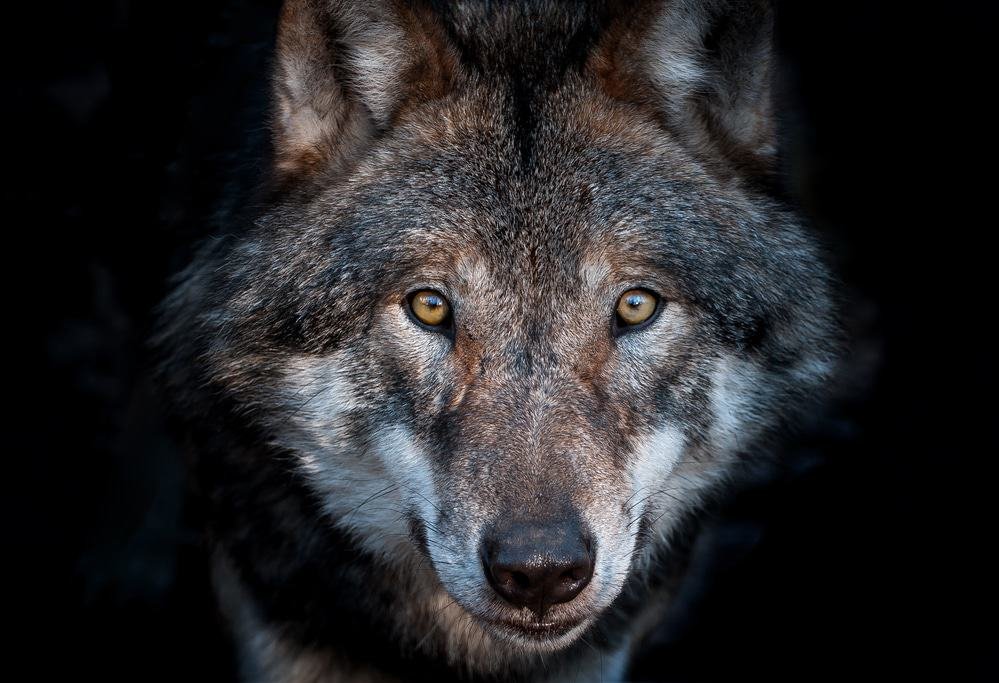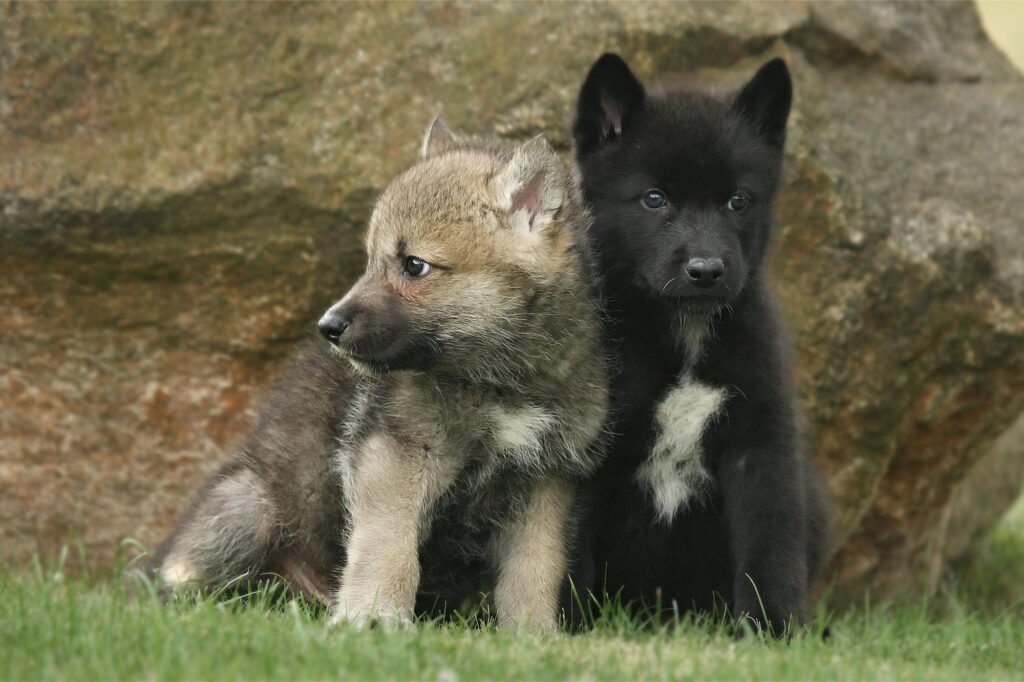For years, two remarkably preserved Ice Age canid remains, affectionately dubbed the “Tumat Puppies,” were believed to be the earliest evidence of domesticated dogs, offering a tantalizing glimpse into the origins of our furry companions. However, groundbreaking new research, detailed in ScienceDaily, has upended this long-held theory. Extensive genetic and chemical analysis has definitively identified these 14,000-year-old specimens as wild wolf cubs, sisters, whose surprising last meal—woolly rhinoceros meat—is now forcing scientists to reconsider the scale and hunting prowess of ancient wolves, while simultaneously deepening the enduring mystery of dog evolution.
The Revelation of the Tumat Puppies’ True Identity

Discovered in northern Siberia, the Tumat Puppies’ initial identification as early dogs was largely based on their black fur and proximity to human-modified mammoth bones, suggesting a potential connection to human activity. However, a comprehensive study led by the University of York, involving analysis of their gut contents, bones, teeth, and tissue, has revealed a different story. The genetic data and chemical ‘fingerprints’ firmly establish them as wild wolf cubs, not ancestors of domestic dogs. This re-classification is a significant shift, debunking a key piece of evidence in the domestication timeline and highlighting the meticulous nature of paleogenetic research.
A Surprising Prehistoric Palate: Woolly Rhino on the Menu
Perhaps the most astonishing revelation from the study is the dietary evidence: both cubs had consumed woolly rhinoceros meat shortly before their demise. This finding is particularly striking because a woolly rhinoceros would have been an exceptionally large prey item, even for an adult wolf pack, let alone two-month-old cubs. While researchers speculate it was likely a young calf hunted by the adult pack and fed to the pups, the sheer size of the prey suggests that these Pleistocene wolves may have been considerably larger and more formidable hunters than their modern-day counterparts. This discovery provides unprecedented insight into the feeding strategies and ecological roles of Ice Age wolves.
Unveiling Ancient Wolf Behavior and Environment

Beyond their unexpected diet, the incredibly well-preserved Tumat Puppies offer a rare window into the social behavior and environmental conditions of ancient wolves. The analysis confirmed they were still nursing while also consuming solid food, typical of modern wolf cub development. Their likely demise—trapped in an underground den by a landslide—paints a vivid picture of their natural habitat and denning behaviors. Furthermore, fossilized plant remains in their stomachs, including prairie grasses and willow twigs, indicate a diverse Ice Age ecosystem with varied habitats capable of supporting a rich array of flora and fauna, much like the varied diets of wolves today.
Redefining the Domestic Dog Mystery

The re-identification of the Tumat Puppies as wolves significantly impacts our understanding of canine domestication. The black fur color, once thought to be a mutation exclusive to early dogs and a clue in their evolutionary path, is now observed in a population of wild wolves not ancestral to modern dogs. This suggests that the black fur trait may have been a “red herring” in the quest for canine origins. The study underscores that the journey from wild wolf to domesticated companion is far more complex and perhaps more elusive than previously imagined, challenging scientists to re-evaluate existing theories and clues.
The Ongoing Quest for Canine Origins
With the Tumat Puppies no longer considered early dogs, the hunt for the true origins and oldest direct ancestors of our domestic canines continues. This research, while closing one chapter, simultaneously opens new avenues for inquiry. The detailed analysis of the Tumat Puppies’ soft tissues provides an invaluable methodology for future investigations into ancient canid populations, offering a deeper understanding of their diets, kinship, and evolutionary lines. The mystery of how dogs evolved from their wild wolf ancestors remains one of science’s most fascinating puzzles, constantly being refined by new discoveries that prompt us to question, analyze, and learn more about our shared past with these remarkable animals.

Sumi Sarkar from India holds a B Tech degree in Information Technology, is a freelance film maker, scriptwriter, content editor who loves animals, especially dogs.






